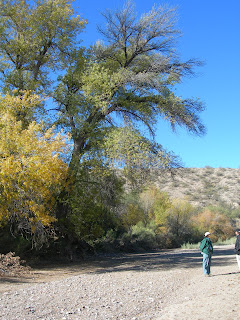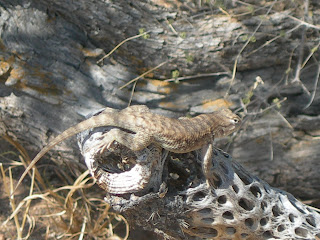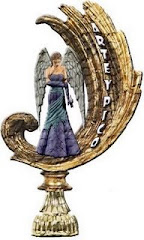It’s 9 a.m. here in Sycamore Canyon. The sun is shining brightly and a thrasher just ran by. The goldfinches are feeding, the hummingbirds are fighting, and the rock wrens are bobbing along the block wall. It’s 60 degrees outside with a cloudless sky. So far I haven’t seen those dreaded street pigeons again.
We’ve lived here for 8 month now. We’re still trying to decide if this is home. We both love the weather here, especially now that we are watching the rest of the country get dumped on with snow. It’s a hard mentality to get out of, this hunkering down for winter thing. I think we will have to learn to hunker down for Monsoon instead.
Though these winter days are shorter in terms of daylight, it is still the best time of year to be outside. We took a drive yesterday to Buenos Aries National Wildlife Refuge (posting soon to follow) and spent the whole day removed from civilization in fresh air and sunshine. There are so many natural areas so close to Tucson, all within driving distance. It is one of my favorite things about living here. We have been to many places so far but still have more to get to.
Here in the canyon construction has slowed along with home sales. It is the condition of the whole country right now. Tucson was caught up in a huge housing boom. We moved here after the beginning of the slow down but not before it hit rock bottom. I’m still not sure it has hit rock bottom. I just know I’m not losing pieces of sky to rooftops as quickly as I was before.

So, what do I like about Tucson?
The weather, sunsets, the mountains, the wildlife, the birds, the biodiveristy, the proximity to natural areas yet still easy access to all things urban. I can go to a play, an art gallery, a movie, and just about any type of restaurant I want to. I can shop at 3 or 4 malls (I think, I’m not a big shopper). And if I want to go back to college we have the University of Arizona along with others right here in town. I love the light restrictions so that we have beautifully dark night skies. I love seeing all the stars again, and we have yet to take advantage of all the Observatories in the area. There are quite a few from what I understand. I like it that I can go from desert floor to mountain peak all within an hour’s drive. I can be in the Sonoran desert surrounded by saguaros yet drive up the Catalina Highway to Mt. Lemmon in December if I want to see snow.
What do I dislike about Tucson?
Summer humidity, scorpions, brown crickets, high crime rate, illegal aliens, and drug runners.
And what do I miss?
Walking barefoot in the grass, maple trees in autumn, a pine forest in summer; swimming in a river, pond, lake or the ocean. Basically, I miss water and the sound of it, whether it is the trickle of a brook, the bubbling of a stream, the gentle lap of water against the edge of a lake or the pounding of waves at the ocean. I think that is why so many people in the area put in swimming pools or fountains. As for rain, we get our share of it here, enough to enjoy a rainy day without having to endure endless days of gray and steady downpours like New England. I don’t miss those month long rainstorms at all.
Well, whoever you are and wherever you are, I wish you a peaceful and blessed New Year filled with joy, the beauty of nature and the wonder of life.








































